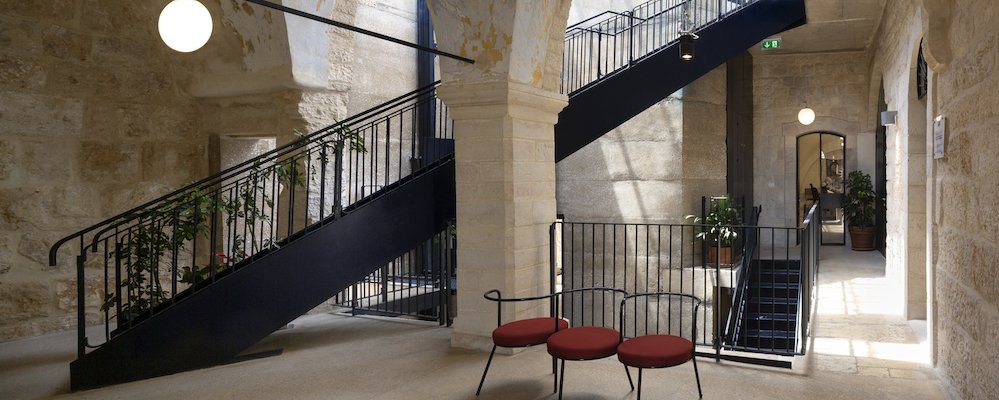An Analogy of Jerusalem’s architectural elements
For the Jerusalem Show iX, AAU Anastas present Analogy, a project about the reoccurrence of forms and spatial configurations in Jerusalem through time.
As part of the Qalandiya International (قلندياالدولي) that runs until the end of the month, the biennial event brings together art spaces across Jerusalem and Ramallah. The event is curated by Jack Persekian and Kirsten Scheid.
Yousef and Elias Anastas, AAU Anastas, are presenting ‘Analogy’ marking the fundamental elements of the architecture of Jerusalem and and bringing the city’s urban fabric. There is such a diversity of archetypal forms of geometry, spatial devices found throughout the history and distribution of architecture.
The architecture of Jerusalem combines disparate architectural elements brought by various civilisations from abroad with indigenous elements found in situ. Just as elements reached Jerusalem to honour its status, they were carried abroad to disperse its holiness amongst its adorers.
Through time, certain architectural attributes, originally native, returned to Jerusalem as imported architectural techniques. Retrospectively, they may be more accurately designated by the curious phrase, “imported indigenous” elements.
Analogy seeks not to take elements of architecture out of their context but rather to explore their inherent qualities – in their purest kind of expression – towards finding novel ways of expressing each archetypal element. Imaginatively, Analogy combines elements of architecture found in Jerusalem to produce a series of sculptural pieces through which the internal coherence of each element is revisited .
This is part of “Stone Matters”, an ongoing research into the potentials for combining traditional building craftsmanship and materials with innovative construction techniques. In the frame of the biennial, AAU Anastas are showing the first architectural element of the series, presenting a vault inspired by the “uqad,” a typology widespread in Palestine at the beginning of the 20th century and distinguished by its rectangular (as opposed to circular) system of peripheral support.







